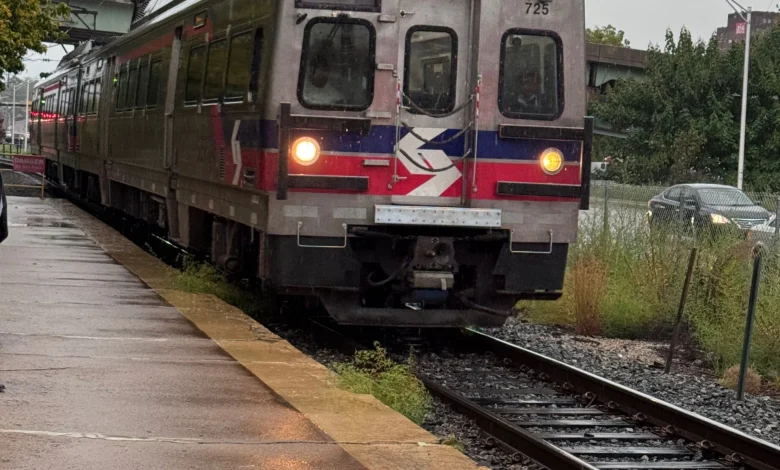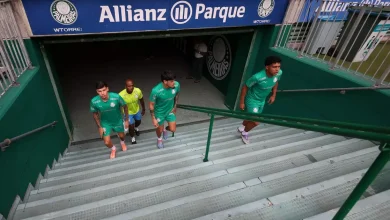SEPTA given time to complete inspection of Regional Rail cars

SEPTA has received a two-week extension from federal regulators to finish inspecting its aging Silverliner IV regional railcars.
The move comes after an anxiety-filled month of around-the-clock work to address an emergency order from the Federal Railroad Administration (FRA) prompted by a series of five onboard fires in 2025.
The deadline for completing comprehensive safety checks on the 223-car fleet now moves from Oct. 31 to Nov. 14, giving the transit agency a small amount of breathing room to resolve lingering issues and reassure riders that it can maintain safe, reliable service.
In the meantime, rail car inventory will remain limited, with many trains comprised of as few as two railcars, leading to crowded commutes and bypassed stops.
Fires, federal orders and sudden scrutiny
This chapter in SEPTA’s operations began when the FRA, reacting to the incidents and broader safety concerns, issued an emergency order on Oct. 1 that mandated a rapid, point-by-point inspection of the decades-old fleet. Transit officials scrambled, enacting a whole new operational playbook overnight.
- The FRA order set forth 14 safety-related requirements, immediately pushing SEPTA’s maintenance and mechanical teams to re-review, debrief, and update everything from employee training to technical documentation.
- Specialized inspection teams were tasked with examining railcars at a pace far beyond routine standards, with all 223 Silverliner IV units coming under scrutiny, and interim repairs happening in real-time.
- Complicating the rush, each train also had to be documented for its inspection and repair status, while new high-heat detectors — designed to spot overheating components before they spark fires — were also scheduled for fleet-wide installation.
Silverliner IV trains are the workhorses of SEPTA’s Regional Rail system. Put into service in the 1970s and ‘80s, these stainless steel cars have survived previous rounds of scrutiny, but the fires and subsequent federal action have thrown their safety issues into the spotlight once again.
A fire destroyed a SEPTA Regional Rail car in Paoli on July 22, 2025. (National Transportation Safety Board)
What’s next
According to a press release from SEPTA today, the agency was able to meet “almost all” of the FRA’s originally required actions by the first deadline. Through an intense 30-day pace, SEPTA completed reviews, plan developments, staff training, mechanical debriefs, and the majority of individual car inspections. As of the extension, 120 of the 223 Silverliner IVs had received enhanced checks, with work ongoing around the clock to close the gap.
- The FRA’s extension gives SEPTA until Nov. 14 to wrap up its enhanced inspection program for the remaining nearly 100 cars. SEPTA had requested more time earlier this week.
- There’s also a separate deadline of Dec. 5 for installing new thermal protection circuits on the entire Silverliner IV fleet — a safety mechanism that will automatically kill power to any overheating train components, helping prevent future fires.
- SEPTA has faced ongoing operational headaches during this period, including crowded trains, missed trips, and persistent delays. General Manager Scott A. Sauer acknowledged the challenges, apologizing to riders and asking for continued patience while the safety work is finalized.
Riders shoulder the disruption
For Philadelphia commuters, the extension at least offers hope that the current situation will be resolved in a few weeks. Trains have been packed and unpredictable, with routes canceled on short notice. These service interruptions related to the urgent inspections may persist through at least mid-November — the new timeline given the FRA’s extension.
SEPTA leadership has promised to keep riders updated, emphasizing that safety takes precedence over a short-term increase in delays. Over the last month, workforce efforts have been “herculean,” as Sauer put it.
That all follows a battle over SEPTA funding this summer and fall, which was resolved by a decision to raid the agency’s capital funding for operational expenses. The funding fight included fare increases, schedules cuts (that were rolled back), and delays.
The broader context: Aging infrastructure, federal oversight
SEPTA’s aging fleet problem isn’t unique in the U.S., where many transit agencies with rail lines face similar dilemmas of old rolling stock and limited funding for upgrades. What’s different here is the urgency of the response, dictated by federal intervention and sudden safety threats brought into stark relief by recent incidents.
- The rapid FRA action drew a line: finish safety tasks, or risk losing operating privileges.
- SEPTA’s scramble is also a reminder of the broader challenges facing public transit systems — where investment in infrastructure and preventive maintenance is often deferred, but just as often, abruptly reprioritized when things literally catch fire.
“We’re pleased with the guidance and the collaboration from the FRA,” said SEPTA spokesperson Andrew Busch, “and we’re continuing to press ahead to get this done.”




